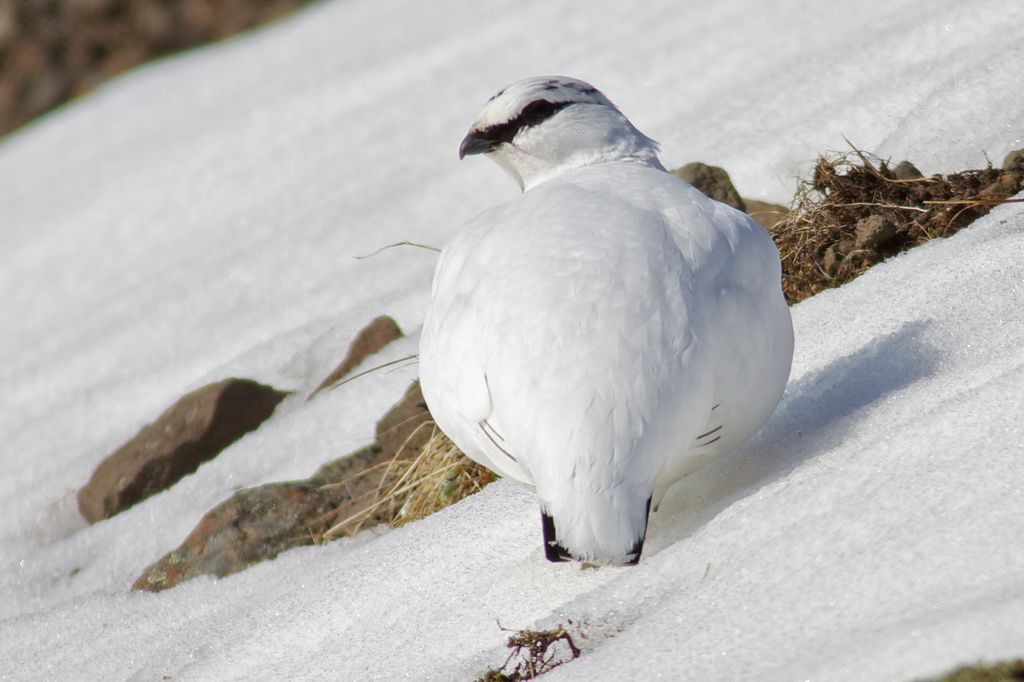‘There is no such thing as bad weather, merely unsuitable clothing’. It’s a great phrase this and one that is on display in the Reindeer Centre, to warn people to be well prepared for the hill visit to the reindeer (even in summer sometimes!).
In the animal kingdom, a number of the arctic animals change their coats in winter and in the case of reindeer they not only grow thicker coats but also their coats turn lighter in colour, in some cases pure white.

The change in colour is associated with shortening day length and there are obvious benefits from being white or very light coloured when it comes to camouflage in snow. But it is also the case that white hair is more insulating than dark hair. White hair lacks pigmentation and nothing replaces this, leaving pockets of air, a very good insulator. So I suppose that means that when the reindeer grow their winter coats they have more airy hair! Indeed the reindeer never cease to amaze me, on the coldest of days, they are high up in the snow, on the exposed ridges, lying around, resting, ruminating and I suspect positively enjoying the weather which we shelter from in our warm houses.

In the herd we do have a few reindeer who are actually pure white: Blondie, Lego and Blue to name just three of them. Knowing that white hair has more insulation does that mean they have the warmest coats? They certainly always look very comfortable in the snow.

Over the last few weeks I have regularly seen mountain hares, which live in a similar habitat to our reindeer but are also quite widespread across many of the Scottish hills. They too turn white in winter and like the reindeer have relatively large feet which act as snowshoes making running seem effortless as they hurry across snowfields.


Tilly
